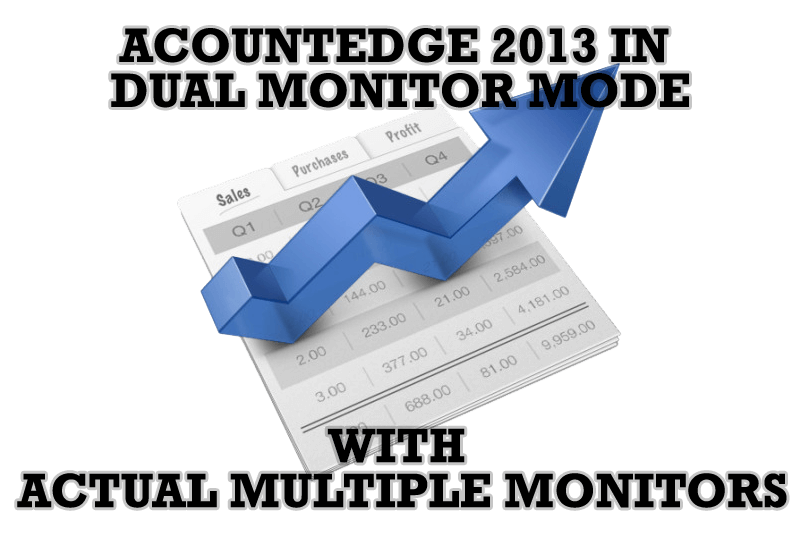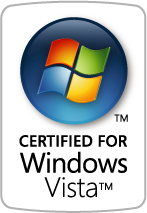Articles
Desktop Mirroring - New Feature of Actual Multiple Monitors 3.1
- Introduction
- Desktop Mirroring
- Conclusion
1. Introduction
With the release of version 3.1, the Actual Multiple Monitors has acquired a new function - Desktop Mirroring. This feature provides the possibility to reflect any part of any desktop in a special window (or windows). This window also can be located anywhere on any display. At the moment, the Actual Multiple Monitors has several types of mirroring.
2. Desktop Mirroring
2.1. Types of Desktop Mirroring
The Area around mouse pointer
Specified window
The Area around mouse pointer
Specified window and Specified monitor
Arbitrary part of desktop
It is a type of mirroring, which reflects a desktop' area around the mouse pointer in the special mirroring window. Moving the mouse pointer over the image in the mirror' window is upd ated with a certain (presetted) intervals.

It is the option of mirroring, which reflects any window to a special mirror window. Choose a window for mirroring by using target cursor or manually through Windows explorer. You can also set a configuration for mirroring only a specific window or any window of a program.

Specified monitor
This option is mirroring the entire desktop into a special mirror window. The mirror can be located on any monitor or on all monitors at once. The window' size can be changed (the main difference from standard mirroring of Windows 7).

Arbitrary part of desktop
This option allows you to display in mirror' window any part of a desktop. The size of the displayed part set in desktop coordinates manually or with the help of mouse pointer.

For all types of mirroring you can set the zoom \ zoom out of scale for 10 times or activate the option of manual zooming \ zooming out with mouse pointer (as well as changing the size of normal windows ); reflect in mirror’ window the mouse pointer, and also se t the update interval for mirror’ window.
2.2. Variants of Using Different Types of Desktop Mirroring
Using this mirror' method a work with monitors that are far away from you becomes very easy. An example of such monitors can serve a network of advertising displays in supermarkets. Also this feature is useful when dealing with TV as a second monitor with low-sharpness.
These types of mirrors are help in working with a client, when you need the client to see certain information without looking at your monitor. Thus your (primary) monitor turn to you, and the client (secondary) monitor turn to a customer. This technology can be applied in the field of the work with clients. Travel agency, real estate, insurance, job center, bank, health care, for example.
This method of mirroring allows you to reflect a particular section of the desktop to other displays. This can be useful, for example, to accommodate any graphics (charts, tables, images, etc.) from a particular document, window, etc. (Without displaying the document itself) on all monitors of your PC. This method also useful when you working with presentations or working with the majority of windows and information, etc.
Actual Multiple Monitors is not standing still. It is constantly developed, reserving the right to name of the best multiple monitor software. The function of mirroring was needed a lot of our users and it has been embodied in the new version of the Actual Multiple Monitors 3.1. Your constructive opinions and suggestions to improve the Actual Multiple Monitors you will send us a feedback.

Organizing Standalone Kiosk Access to Intranet with Actual Window Manager
Actual Window Manager will help you overcome the complications associated with the Intranet kiosk access.

How to keep system dialogs Always-on-Top
This article describes how you can stay on top any system dialogs such as 'Add/Remove Programs', 'System Properties', 'Time/Date Properties' and doesn't allow other windows to hide it partially or completely.

Optimize Adobe Acrobat Reader by means of new functional buttons
Such innovative functions as Make Transparent, Stay Always-on-Top, Minimize to Tray, Roll Up etc. will make your work with Adobe Acrobat Reader much easier and more productive.

Organize your desktop in a neat way!
Split your desktop into well-defined areas to keep your windows in a strict order.

Dual Monitor Set Up
How to Setup Dual Monitor.

Minimize to tray: Minimize to the system tray any program you want!
How to minimize any program to the tray!

Improved Windows 8/8.1 Dual Monitor Taskbar
Multiple monitor support in Windows 8.1 contains only several new features, including a limited multi-monitor taskbar. This is not enough to make work with several displays convenient. That is why Actual Multiple Monitors provides a large set of different tools improving multiple-monitors environment. This is a best alternative to the native Windows 8.1 multiple monitor support.

Enhance your Incredimail letters with Actual Title Buttons
IncrediMail is an advanced, feature-rich email program and by using our Actual Title Buttons program you can make Incredimail an even more premium experience by adding a whole bag full of delightful new features to it!

Meet the New Slideshow Screen Saver for Multiple Monitors
Actual Tools released the new slideshow screen saver for Actual Multiple Monitors and Actual Window Manager. This screen saver, in contrast to the default one, allows setting its own slideshow for each monitor.

Users of AccountEdge 2013 choose Dual Monitors with Actual Multiple Monitors Software
Actual Multiple Monitors as the Best Dual Monitor Software for accountants. How Actual Multiple Monitors can help users of AccountEdge 2013 on dual monitors?








